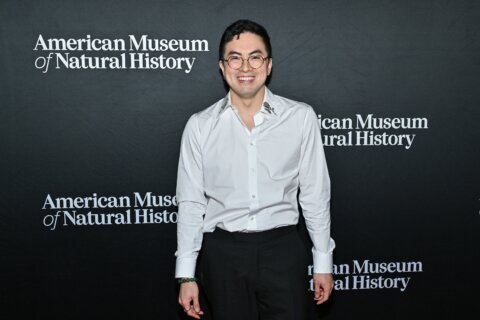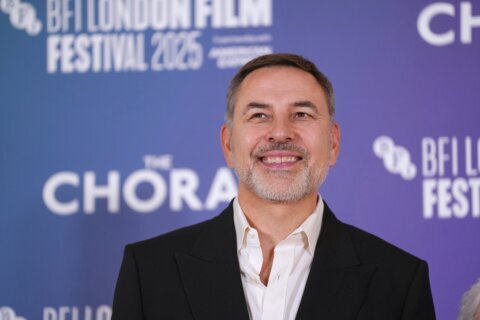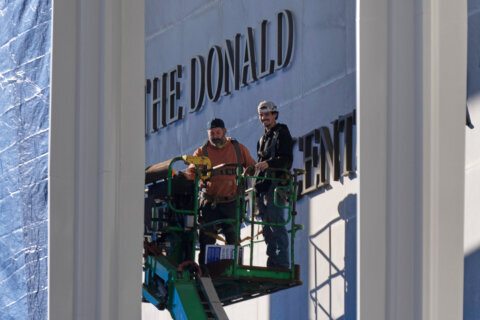WASHINGTON — The tools are different, but in many ways, “the song remains the same” for radio listeners, most who probably aren’t aware that Wednesday is World Radio Day.
Few people who first listened to AM or FM radio on a transistor radio, boom box, car radio or home stereo system know about the holiday. They just know about their relationship with the device that brings news, music, sports and ideas to their ears.
On Feb. 3, 2011, UNESCO proclaimed World Radio Day to celebrate radio as a medium. UNESCO said radio is the mass media reaching the widest audience in the world.
“When I started at WINX in Rockville in the early ’80s, there was only one way you could listen to the radio,” said Jeff Goldberg, known on-air as Goldy during his years as a D.C.-area disc jockey. “And that was by listening to the radio.”

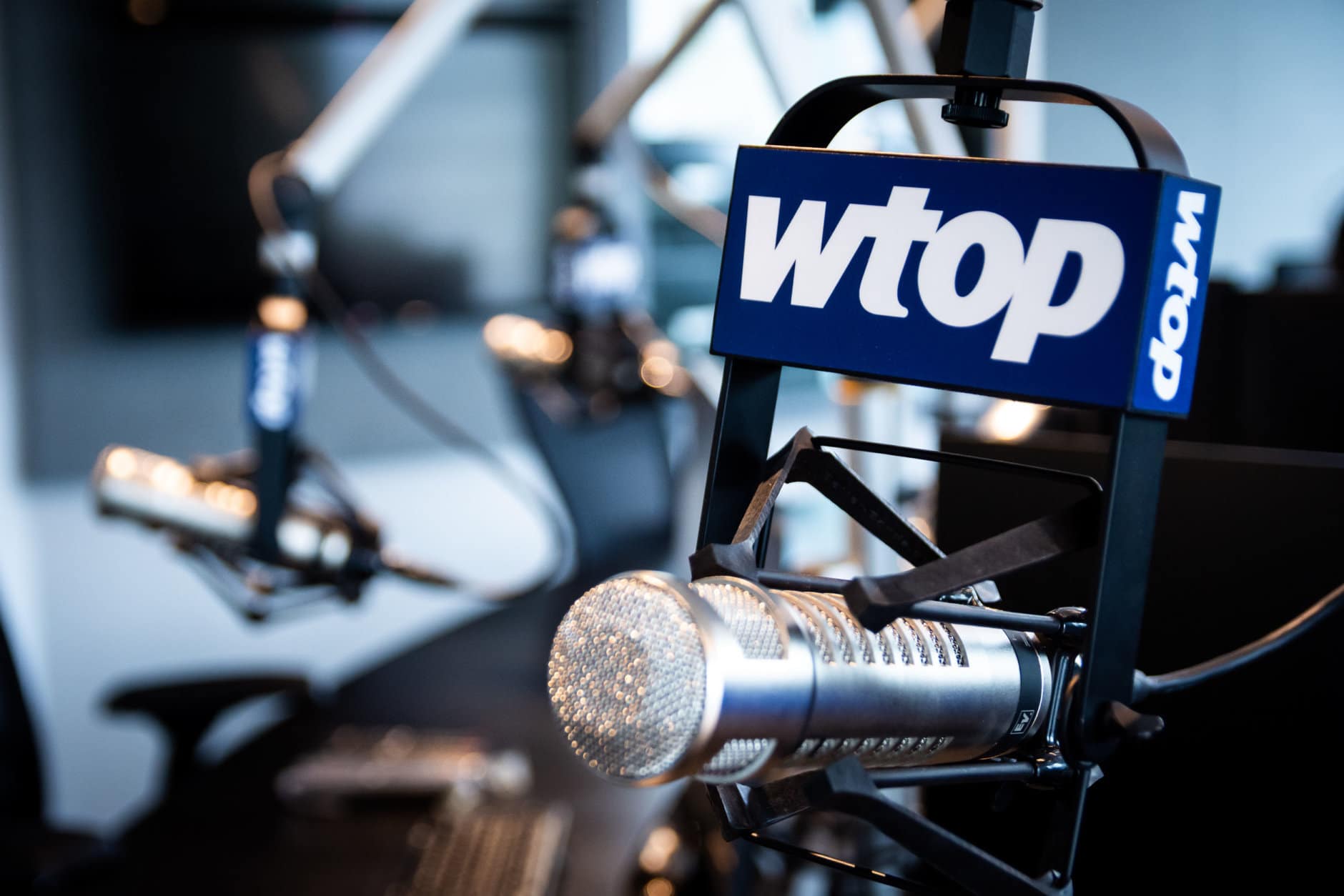
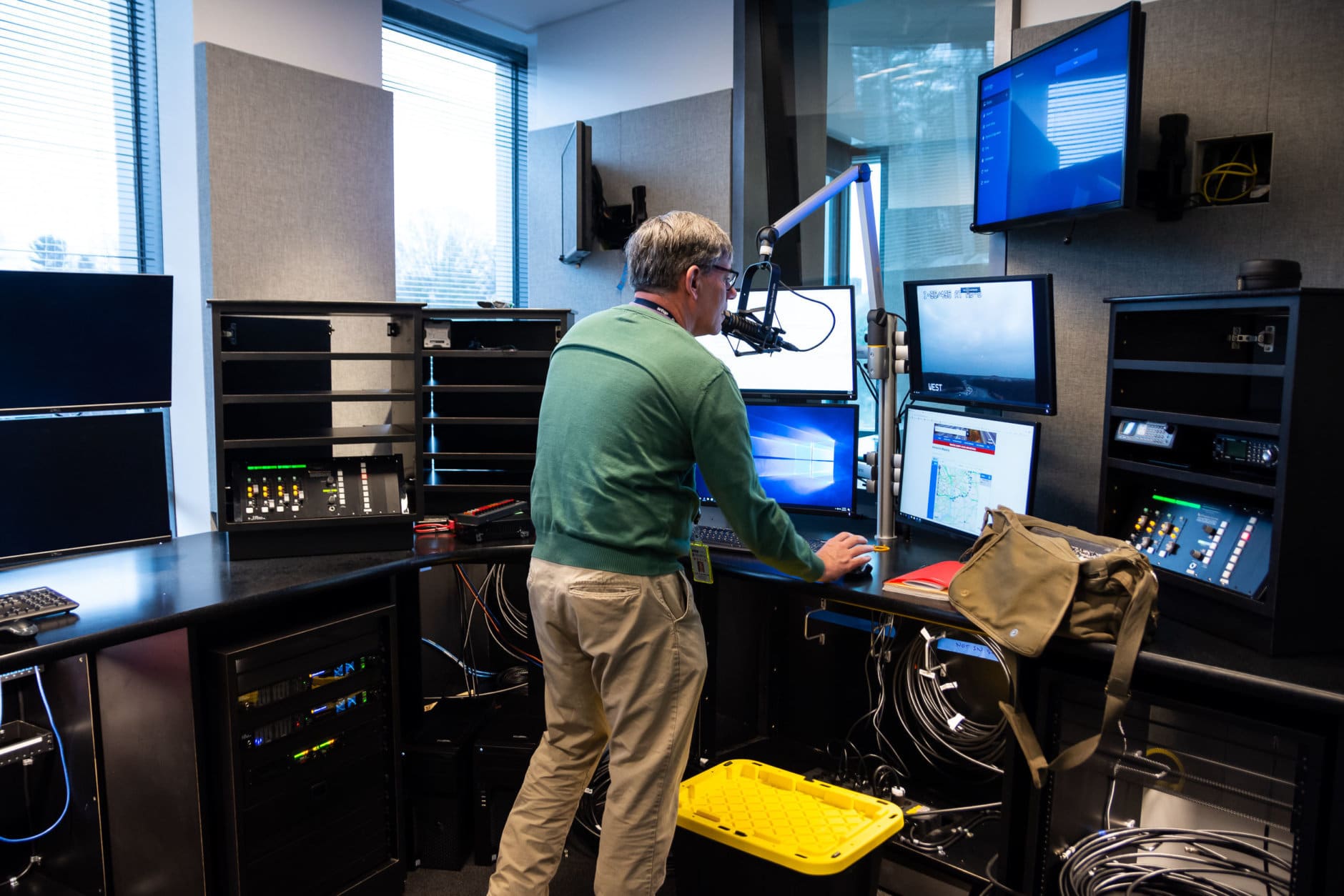
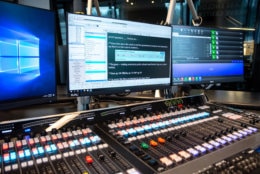
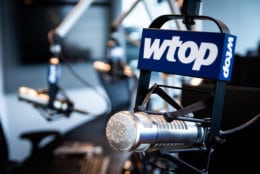
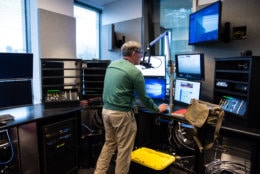
As Goldberg was growing up, to the soundtrack of Top 40 radio blaring from New York City, listening was limited to transistor and car radios.
“I’m not exactly sure when you could start listening to your favorite radio station on the World Wide Web, but now you’ve got TuneIn and iHeartRadio,” said Goldberg. “And, the easiest thing to do is just to ask Alexa to play your favorite radio station, and there it is.”
One thing that hasn’t changed over the years — in part, through the use of social media — is the personal connection between listeners and their favorite stations.
“There’s that great bond between a good air personality and the folks that listen to him every day,” Goldberg said.
And, in case you were wondering, there are several ways to listen to WTOP.


